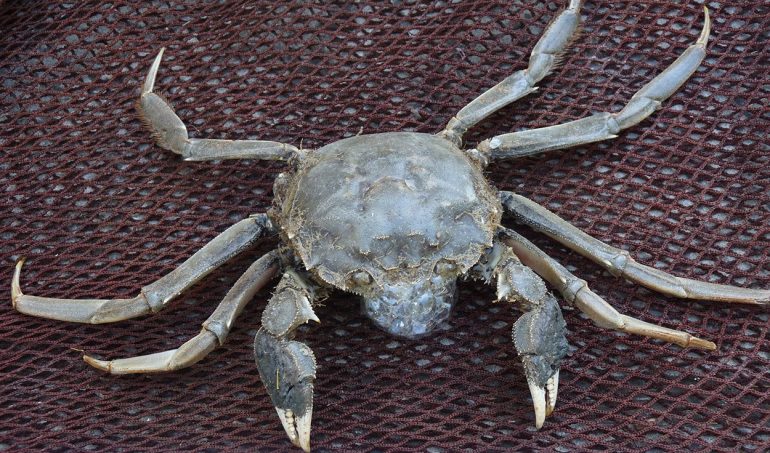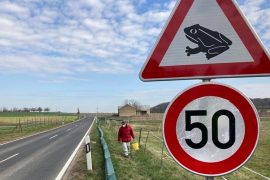Invasive animals can cause extreme ecological damage. Now a study shows that the local spread of exotic animals is not only bad for biodiversity but also for the economy. To do this, the scientists added up all the economic damage caused by invasive crustaceans known around the world and came up with an impressive amount: they are said to have already caused a cost of 236 million euros – although the list completely away.
Freshwater ecosystems are particularly vulnerable to the introduction of exotic species such as mussels, fish, aquatic plants or crustaceans. Of the latter, invasive crayfish and crabs in particular cause high ecological damage, as they can have a high impact on their environment due to their size, their central role in ecosystems, and their tolerance to different living conditions in general. .
economic damage largely unknown
“In recent years, significant progress has been made in understanding the ecological impact of invasive species on ecosystems,” explains Pleip Haubrock of the Senckenberg Research Institute and Natural History Museum in Frankfurt. “However, although the pathways and impacts of these exotic species have received more attention in recent years, the economic costs involved are often poorly understood.”
With an international team of researchers, Haubrock has now summarized the monetary damage caused by freshwater crustaceans around the world. The scientists used the “INVACOST” database, supported by the French national scientific research center CNRS, as the basis for their investigation. All known costs caused by invasive species and all costs recorded by reports and studies should be listed in the database. Haubrock and his team filtered all entries from the InvaCost database that could be traced back to crustaceans and evaluated them.
Mainly crayfish and shrimp
The result: “The global economic cost of invasive aquatic crustaceans has been 236 million euros since records began in the 1960s,” Haubrock says. The majority of that amount came from crayfish and crabs, but there were also particularly expensive species within these two groups. “We can attribute the cost caused by crayfish to signaling mainly to crayfish in Sweden – this species has caused 101.5 million euros in damage since 2000,” explains Haubrock.
The share of costs due to invasive crabs is about 130.3 million euros. The European green crab and Chinese mitten crab are particularly responsible for this. The latter was introduced by ship from Asia in the early 20th century and has now spread throughout Europe. According to scientists, monetary damage is mainly reflected in damage to the ecosystem and loss of resources, which especially affects fisheries. However, many of the entries listed in the InvaCost database could not be assigned to a certain region.
record may be incomplete
According to the researchers, another problem with the underlying data is that they believe they are incomplete. All entries considered in the study relate to damage in Central Europe, North America and Japan. “Unfortunately, there are large data gaps when it comes to recording invasive crustaceans and the resulting costs: it begins with the absence of entire continents, such as Africa or Australia, and continues with missing data on duration and species. We therefore believe that the reported monetary costs have been greatly underestimated,” Haubrock stresses.
The scientists therefore underscore the need for better systematic recording of the costs attributable to invasive crustaceans. This is the only way to better assess the extent of monetary damages. “This will allow national and regional authorities to invest in appropriate policies and measures that can help reduce these impacts in the future,” the researchers write.
Sources: Senckenberg Research Institute and Natural History Museum; Expert Articles: The Science of the Entire Environment, doi: 10.1016/j.scitotenv.2021.152325

Web guru. Amateur thinker. Unapologetic problem solver. Zombie expert. Hipster-friendly travel geek. Social mediaholic.





